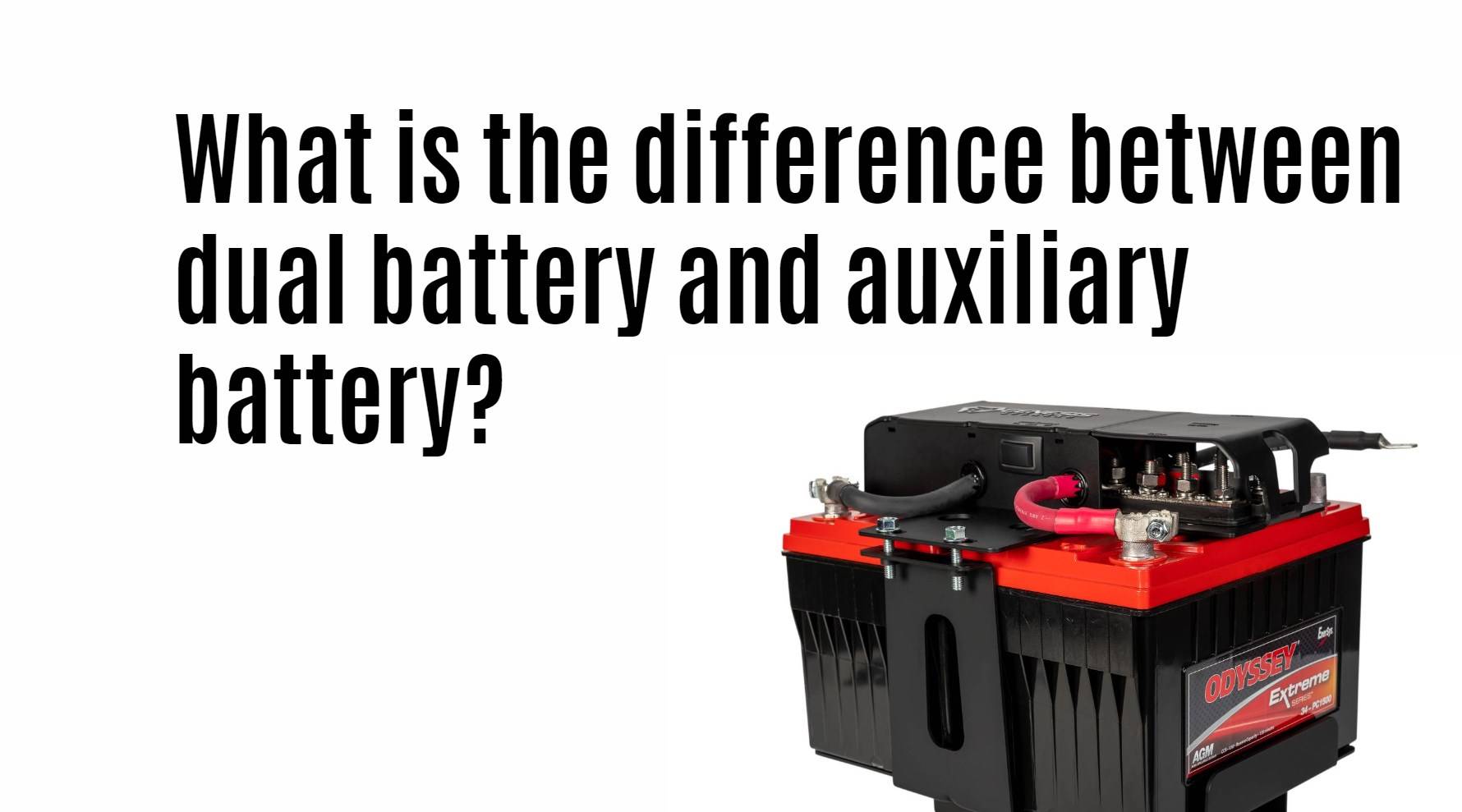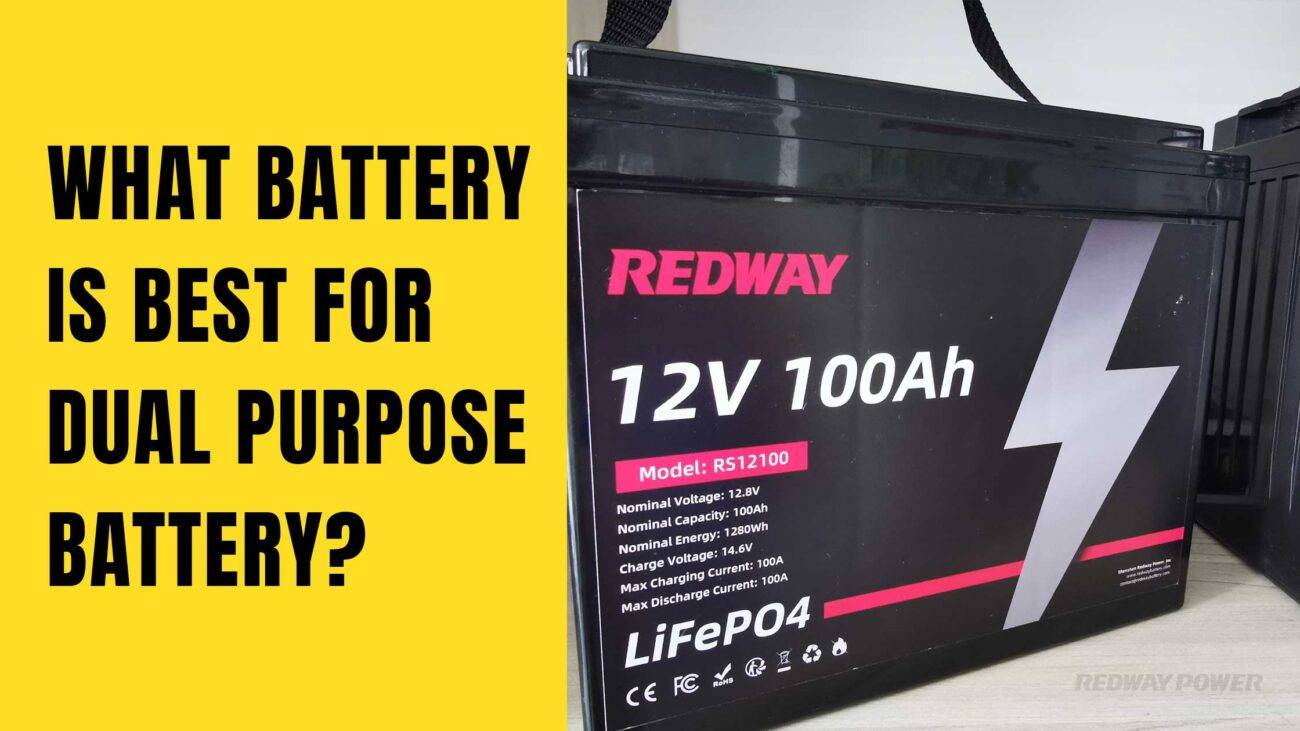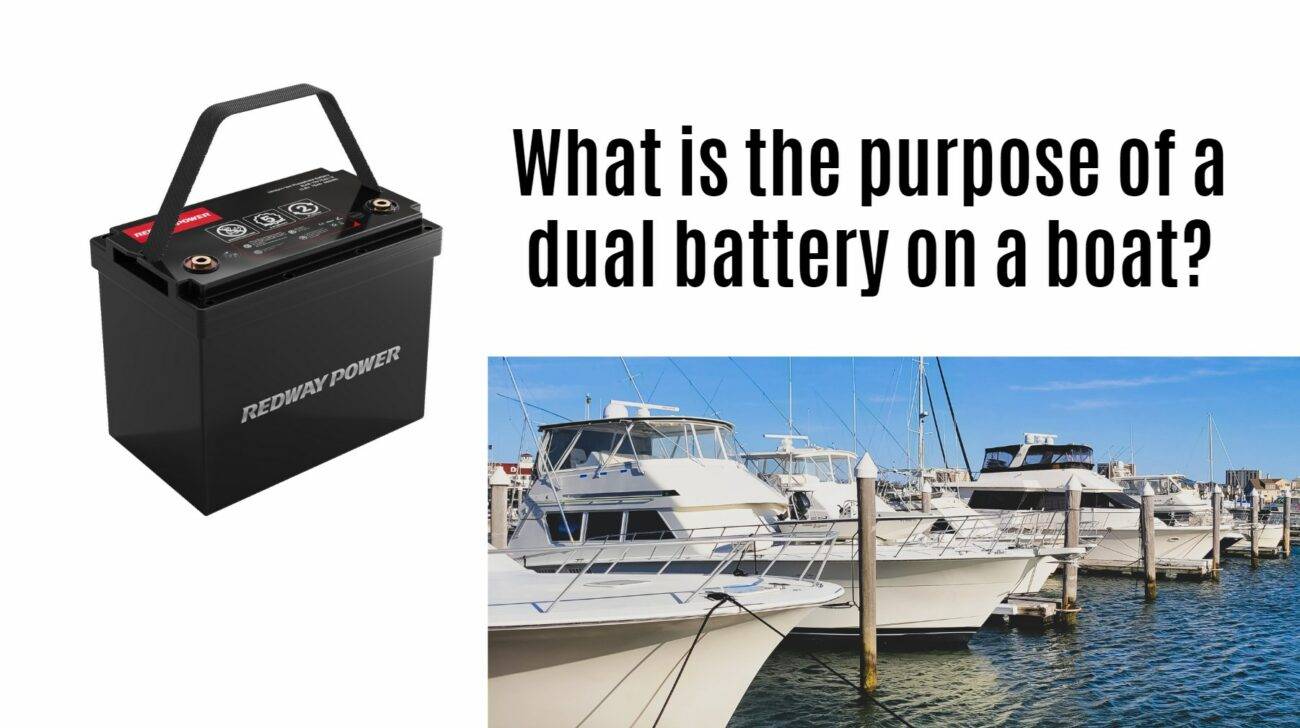- Lithium Golf Cart Battery
- Forklift Lithium Battery
-
48V
- 48V 210Ah
- 48V 300Ah
- 48V 420Ah (949 x 349 x 569 mm)
- 48V 420Ah (950 x 421 x 450 mm)
- 48V 456Ah
- 48V 460Ah (830 x 630 x 590 mm)
- 48V 460Ah (950 x 421 x 450 mm)
- 48V 460Ah (800 x 630 x 600 mm)
- 48V 460Ah (820 x 660 x 470 mm)
- 48V 500Ah
- 48V 560Ah (810 x 630 x 600 mm)
- 48V 560Ah (950 x 592 x 450 mm)
- 48V 600Ah
- 48V 630Ah
-
48V
- 12V Lithium Battery
12V 150Ah Lithium RV Battery
Bluetooth App | BCI Group 31
LiFePO4 Lithium
Discharge Temperature -20°C ~ 65°C
Fast Charger 14.6V 50A
Solar MPPT Charging - 24V Lithium Battery
- 36V Lithium Battery
- 48V Lithium Battery
-
48V LiFePO4 Battery
- 48V 50Ah
- 48V 50Ah (for Golf Carts)
- 48V 60Ah (8D)
- 48V 100Ah (8D)
- 48V 100Ah
- 48V 100Ah (Discharge 100A for Golf Carts)
- 48V 100Ah (Discharge 150A for Golf Carts)
- 48V 100Ah (Discharge 200A for Golf Carts)
- 48V 150Ah (for Golf Carts)
- 48V 160Ah (Discharge 100A for Golf Carts)
- 48V 160Ah (Discharge 160A for Golf Carts)
-
48V LiFePO4 Battery
- 60V Lithium Battery
-
60V LiFePO4 Battery
- 60V 20Ah
- 60V 30Ah
- 60V 50Ah
- 60V 50Ah (Small Size / Side Terminal)
- 60V 100Ah (for Electric Motocycle, Electric Scooter, LSV, AGV)
- 60V 100Ah (for Forklift, AGV, Electric Scooter, Sweeper)
- 60V 150Ah (E-Motocycle / E-Scooter / E-Tricycle / Tour LSV)
- 60V 200Ah (for Forklift, AGV, Electric Scooter, Sweeper)
-
60V LiFePO4 Battery
- 72V~96V Lithium Battery
- Rack-mounted Lithium Battery
- E-Bike Battery
- All-in-One Home-ESS
- Wall-mount Battery ESS
-
Home-ESS Lithium Battery PowerWall
- 24V 100Ah 2.4kWh PW24100-S PowerWall
- 48V 50Ah 2.4kWh PW4850-S PowerWall
- 48V 50Ah 2.56kWh PW5150-S PowerWall
- 48V 100Ah 5.12kWh PW51100-F PowerWall (IP65)
- 48V 100Ah 5.12kWh PW51100-S PowerWall
- 48V 100Ah 5.12kWh PW51100-H PowerWall
- 48V 200Ah 10kWh PW51200-H PowerWall
- 48V 300Ah 15kWh PW51300-H PowerWall
PowerWall 51.2V 100Ah LiFePO4 Lithium Battery
Highly popular in Asia and Eastern Europe.
CE Certification | Home-ESS -
Home-ESS Lithium Battery PowerWall
- Portable Power Stations
What is the Difference Between a Dual Battery and an Auxiliary Battery?
On January 2, 2024
Comments Off on What is the Difference Between a Dual Battery and an Auxiliary Battery?

The difference between dual batteries and auxiliary batteries primarily lies in their design, function, and application. A dual battery system typically consists of two batteries working together to provide power for starting an engine and running accessories, while an auxiliary battery serves as a secondary power source, often isolated from the main battery to prevent draining it.
Table of Contents
ToggleWhat Are Dual Batteries?
Dual batteries refer to a system that includes two batteries installed in a vehicle, usually consisting of a primary (starting) battery and a secondary (auxiliary) battery. The primary battery is responsible for starting the engine, while the secondary battery provides power for accessories, ensuring that the primary battery remains charged for starting.
| Feature | Description |
|---|---|
| Main Function | Starting the engine |
| Secondary Function | Powering accessories |
| Common Applications | Off-road vehicles, RVs |
What Are Auxiliary Batteries?
Auxiliary batteries are secondary batteries used to power specific electrical components in a vehicle or equipment, even when the engine is off. They are often used to run lights, refrigerators, or other accessories without draining the main starting battery.
| Feature | Description |
|---|---|
| Main Function | Powering accessories |
| Charging Method | Charged by the alternator when the engine runs |
| Common Applications | Campers, vans, emergency vehicles |
How Do Dual Batteries and Auxiliary Batteries Differ in Function?
The primary functions of dual batteries and auxiliary batteries are distinct:
- Dual Batteries: Designed to work together; the main battery starts the vehicle while the auxiliary battery supports additional electrical loads.
- Auxiliary Batteries: Specifically designed to provide power to accessories without impacting the main battery’s ability to start the vehicle.
| Functionality | Dual Battery System | Auxiliary Battery |
|---|---|---|
| Starting Power | Yes | No |
| Accessory Power | Yes | Yes |
| Isolation | Requires isolator | Typically isolated from main battery |
What Are the Design Differences Between the Two?
The design differences between dual and auxiliary batteries reflect their intended uses:
- Dual Battery Systems: Often include a starting battery (with high cranking amps) paired with a deep cycle or dual-purpose battery for accessory use.
- Auxiliary Batteries: Usually deep cycle batteries designed to handle repeated discharges without damage.
| Design Aspect | Dual Battery System | Auxiliary Battery |
|---|---|---|
| Type of Batteries | Starting + Deep Cycle | Primarily Deep Cycle |
| Configuration | Requires wiring and isolators | Standalone or integrated |
How Do Lifespan and Durability Compare Between Dual and Auxiliary Batteries?
Lifespan and durability can vary significantly based on usage:
- Dual Batteries: The lifespan depends on both batteries’ types; typically, if one part fails, it can affect overall performance.
- Auxiliary Batteries: Designed for deep cycling, they often last longer under heavy use compared to standard starting batteries.
What Are the Cost Implications of Each Battery Type?
Cost considerations differ between dual battery systems and auxiliary batteries:
- Dual Battery Systems: Higher initial investment due to two batteries and necessary installation components.
- Auxiliary Batteries: Generally lower cost but may require replacement more frequently if not chosen wisely.
| Cost Factor | Dual Battery System | Auxiliary Battery |
|---|---|---|
| Initial Investment | Higher | Moderate |
| Replacement Frequency | Varies by usage | More frequent |
When Should You Choose a Dual Battery Over an Auxiliary Battery?
Choosing between these two types depends on your specific needs:
- Opt for a dual battery system if you require:
- A reliable starting power combined with additional capacity for accessories.
- A setup that can handle high electrical demands in off-road or camping scenarios.
- Choose an auxiliary battery if you need:
- A dedicated power source for accessories without affecting your vehicle’s starting capability.
- A simpler solution for powering devices when stationary.
What Are Alternative Options for Battery Types?
For those considering alternatives, several options exist:
- Lithium-Ion Batteries: These offer high energy density, longer lifespan, and faster charging capabilities compared to traditional lead-acid options.
- AGM (Absorbent Glass Mat) Batteries: Provide benefits of both deep cycle and starting capabilities with less maintenance required.
For high-performance solutions, consider that Redway Power offers advanced lithium-ion battery options suitable for various applications.
Tips for Battery Wholesale Buyers
When purchasing lithium-ion batteries wholesale, consider these key points:
- Assess supplier reliability; look for manufacturers with proven track records like Redway Power, known for its expertise in lithium technology.
- Ensure compliance with safety standards and certifications.
- Understand OEM processes; establish clear communication regarding specifications and order quantities.
Choosing a reputable manufacturer ensures quality products that meet your expectations.
Redway Power Expert Views
“Understanding the differences between dual and auxiliary batteries is crucial for optimizing your vehicle’s electrical system,” states an expert from Redway Power. “With over thirteen years in manufacturing lithium-ion batteries, we focus on delivering reliable products that cater to modern energy demands while ensuring safety.”
FAQs
Where can I go to replace my auxiliary battery?
Looking to replace your auxiliary battery? Consider these options:
- Walmart: Shop for auxiliary batteries at Walmart, where you can find a variety of options.
- Automotive forums: Get insights and recommendations from car owners who have replaced their auxiliary batteries.
- Dealerships: Visit your vehicle’s dealership for professional replacement services and compatible battery options.
- Auto parts stores: Check out stores like Batteries Plus, which may offer auxiliary battery replacement services or have compatible batteries in stock.
These options provide convenient solutions for replacing your auxiliary battery and ensuring your vehicle’s electrical system functions optimally.
What are the signs of a bad or failing aux battery?
Wondering if your auxiliary battery is going bad? Look out for these signs:
- Auxiliary battery light: If your car’s dashboard has switched on the auxiliary battery light, it’s clear that you have a problem. This is a common sign of a bad or failing auxiliary battery.
- Car function failure: When car functions start to fail or behave erratically, it might suggest that your auxiliary battery needs replacing. However, it’s important to consult a professional for a proper diagnosis, as these symptoms can also indicate other underlying issues.
By recognizing these signs, you can take timely action to address any potential problems with your auxiliary battery.
How long does an auxiliary battery last?
Curious about the lifespan of an auxiliary battery? Generally, an auxiliary battery can last anywhere between five to eight years, which is similar to the lifespan of the main battery in your vehicle. However, it’s essential to consider factors such as usage, maintenance, and battery quality, as they can influence the actual duration. By ensuring proper care and monitoring, you can maximize the lifespan of your auxiliary battery and avoid unexpected battery failures.
-
Average duration: An auxiliary battery typically lasts between five to eight years. This timeframe is comparable to the lifespan of the main battery in your vehicle.
-
Factors affecting lifespan: Several factors can influence the actual duration of an auxiliary battery. These include the frequency of use, the level of maintenance, and the overall quality of the battery itself.
-
Usage and maintenance: Proper care and regular maintenance can help extend the lifespan of your auxiliary battery. This includes keeping the battery charged, avoiding deep discharges, and checking for any signs of damage or deterioration.
-
Quality considerations: The quality of the auxiliary battery can also impact its lifespan. Opting for a reputable brand and ensuring proper installation can contribute to a longer-lasting battery.
How do I know if my car has an auxiliary battery?
Wondering if your car has an auxiliary battery? Here are some ways to find out:
- Location check: Look for the auxiliary battery positioned next to the main battery, typically towards the center of the car under the cowl.
- Cable observation: If you notice two sets of battery cables coming off the battery and going to auxiliary components, it indicates the presence of an auxiliary battery.
- Fitment finders: Utilize fitment finders on websites like Batteries Plus by entering your vehicle information to see if there is an auxiliary battery solution available.
By using these methods, you can determine if your car is equipped with an auxiliary battery.















